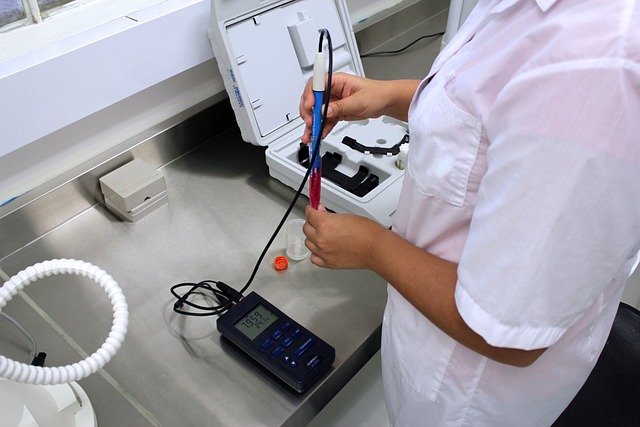Common Types of STDs
Sexually transmitted diseases (STDs) represent a significant public health concern, affecting individuals across all demographics. Understanding the common types of STDs is crucial for effective prevention and treatment. This section aims to provide a comprehensive overview of the most prevalent STDs, their transmission methods, symptoms, and potential complications. By familiarizing oneself with these illnesses, individuals can take proactive steps to safeguard their sexual health.
One of the most commonly recognized STDs is chlamydia, caused by the bacterium Chlamydia trachomatis. This infection often goes unnoticed, as many individuals exhibit no symptoms. When symptoms do occur, they may include abnormal genital discharge, burning during urination, and abdominal pain. If left untreated, chlamydia can lead to serious complications, such as pelvic inflammatory disease (PID) in women, which can result in infertility. Regular screening is essential, particularly for sexually active individuals under 25, as early detection and treatment with antibiotics can effectively cure the infection.
Gonorrhea is another prevalent bacterial STD, caused by Neisseria gonorrhoeae. Similar to chlamydia, gonorrhea can be asymptomatic, particularly in women. When symptoms manifest, they may include painful urination, pus-like discharge, and in severe cases, joint pain. The risk of developing PID and other complications underscores the importance of routine testing. Gonorrhea is increasingly becoming resistant to standard antibiotics, making early detection and appropriate treatment vital to prevent long-term health issues.
Human Immunodeficiency Virus (HIV) is a viral STD that poses a significant threat to global health. HIV attacks the immune system, leading to acquired immunodeficiency syndrome (AIDS) if left untreated. The transmission of HIV occurs through contact with infected bodily fluids, primarily during unprotected sexual activities. Symptoms of HIV can vary widely and may include flu-like symptoms in the acute phase, followed by a long asymptomatic period. Access to antiretroviral therapy (ART) can effectively manage the virus, allowing individuals to lead healthy lives and significantly reduce the risk of transmission. Awareness and education about HIV prevention methods, such as condom use and pre-exposure prophylaxis (PrEP), are essential in mitigating its spread.
Herpes simplex virus (HSV) is another common STD, with two primary types: HSV-1, typically associated with oral herpes, and HSV-2, which is primarily linked to genital herpes. Both types can be transmitted through sexual contact, even when symptoms are not present. Individuals with herpes may experience painful sores, itching, and flu-like symptoms during outbreaks. While there is no cure for herpes, antiviral medications can help manage symptoms and reduce the frequency of outbreaks. Education about transmission risks and the importance of open communication with sexual partners is critical in preventing the spread of the virus.
In summary, a clear understanding of common STDs—such as chlamydia, gonorrhea, HIV, and herpes—is fundamental for promoting sexual health. Routine screening, awareness of symptoms, and effective communication with partners can significantly reduce the risk of transmission and facilitate timely treatment. By addressing the prevalence and consequences of these infections, individuals can take proactive steps towards maintaining their sexual health and well-being.


No responses yet